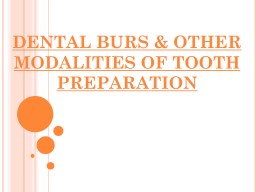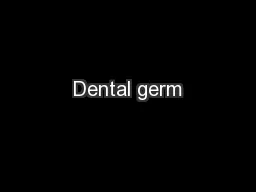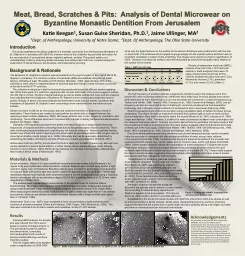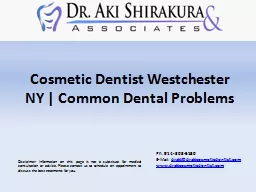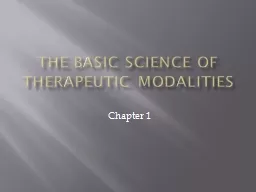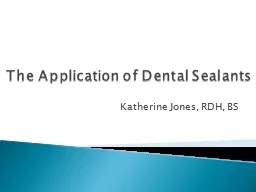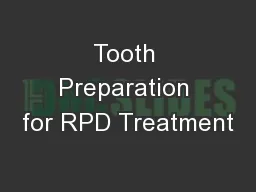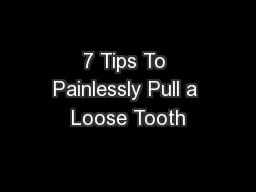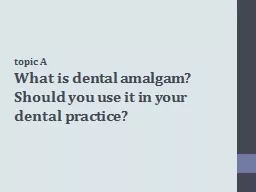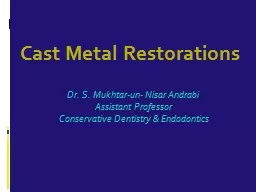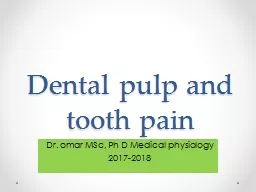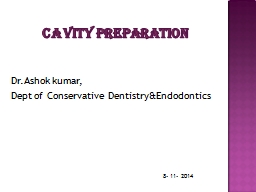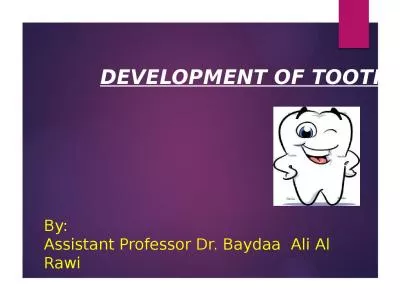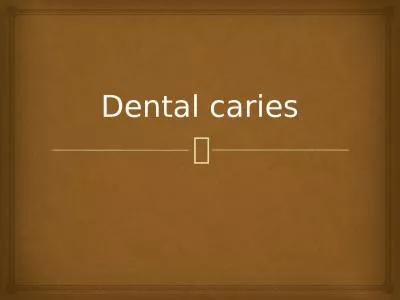PPT-DENTAL BURS & OTHER MODALITIES OF TOOTH PREPARATION
Author : hanah | Published Date : 2023-09-23
DENTAL BURS Burs are rotary cutting instruments that have bladed cutting heads This includes instruments intended for such purpose as finishing metal restorations
Presentation Embed Code
Download Presentation
Download Presentation The PPT/PDF document "DENTAL BURS & OTHER MODALITIES OF TO..." is the property of its rightful owner. Permission is granted to download and print the materials on this website for personal, non-commercial use only, and to display it on your personal computer provided you do not modify the materials and that you retain all copyright notices contained in the materials. By downloading content from our website, you accept the terms of this agreement.
DENTAL BURS & OTHER MODALITIES OF TOOTH PREPARATION: Transcript
Download Rules Of Document
"DENTAL BURS & OTHER MODALITIES OF TOOTH PREPARATION"The content belongs to its owner. You may download and print it for personal use, without modification, and keep all copyright notices. By downloading, you agree to these terms.
Related Documents

